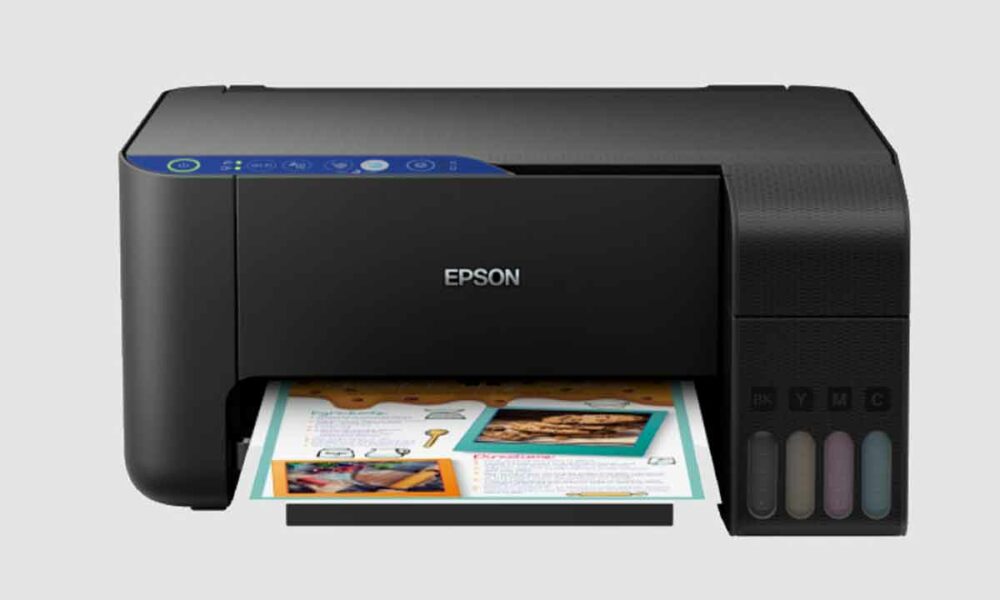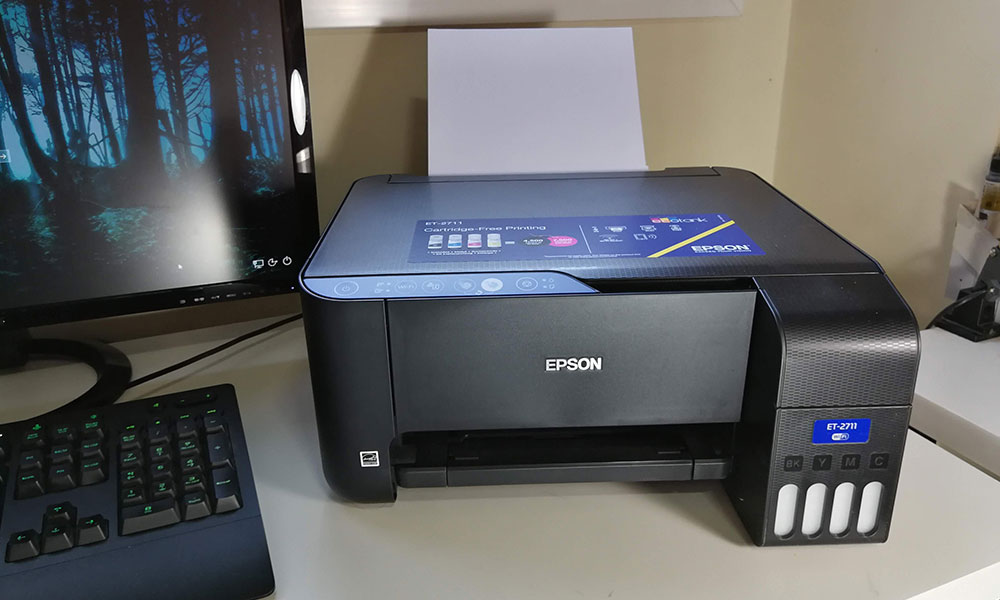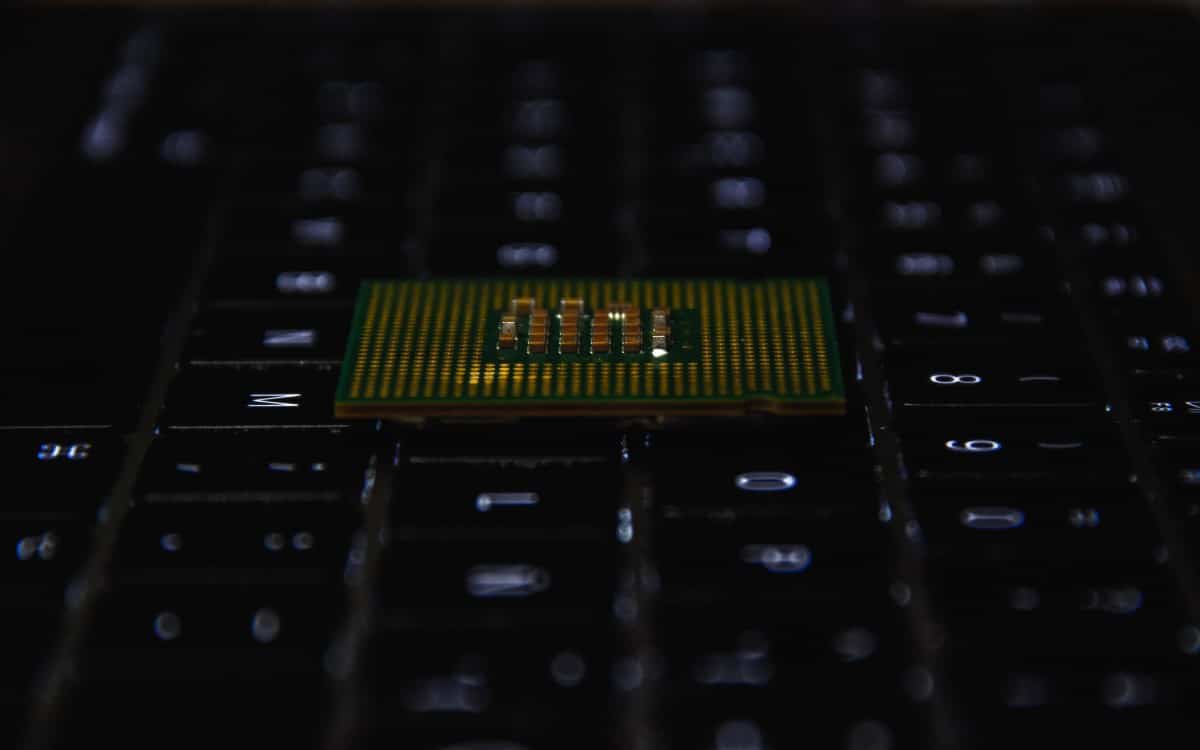
Yes there are a concept that tends to arouse particular anger among users of all types of goods, but especially consumer electronics, without a doubt that is planned obsolescence, that is to say, that the design of a product defines, artificially and for commercial interests, the life time of a device, obviously to shorten it. In this way, the manufacturer would seek a renewal rate greater than that which should be provided by the natural life cycle of said devices.
At this point it is important, yes, to make a couple of points, which are quite important to have the appropriate context. The first is that There are multiple techniques that can be used to “naturalize” planned obsolescence. The most notorious case in recent years is found, without a doubt, in the iPhone 6 and iPhone 6S, and how their performance, suddenly, was markedly reduced after an update. The scandal jumped in 2018, but today it is still kicking.
Another aspect that should be clarified is that lifecycle limitation is not always planned obsolescence, in certain cases it is based on information about the life cycles and, in what part of them, the products stop being safe/reliable. In the world of technology, the clearest example can be found in storage media, in which the volume of maximum writes is determined by the TBW (Terabytes Written) value, given that it has been identified that, after this, the cells memory degrade and become unreliable. Once this threshold has been crossed, the reading of the data will continue to be unlimited, but we will no longer be able to perform writing operations, in order to guarantee the persistence of the data.
A fairly clear example, outside the world of electronics, of this type of limitation we find it in car tires. Can we continue using them once their expiration date has passed or the depth of their drawing does not reach the minimum required? Legally no, but yes, we can. Now, at what price? To compromise our safety (and that of anyone who crosses our path).
Made these nuances, let’s return to the news at hand, and that is that according to what we read in Gizmodo, Epson could have incurred planned obsolescence with some of its printers. for now Epson models L130, L220, L310, L360 and L365 are citedbut it is not ruled out that there are more devices affected by this problem, linked to a counter that, when reaching a certain value, the printer indicates that it has reached the end of its useful life (although it has worked perfectly until then), which forces the user to take it to the technical service or, of course, to acquire a new one.
And what is the problem? Well it seems that some pads that are inside the printer and that they are responsible for absorbing excess ink during printing. Over time, these pads can wear out and, consequently, by not retaining the excess ink, it can end up anywhere else, from a document that we print to some internal component of the printer, which can permanently damage it.
What is truly striking in this case is that we are talking, as I was saying, of a counter, not some kind of sensor that determines the current state of the pads, which would have resulted in some users seeing their printers blocked even though the overall health of the machine is still good. Even more striking is that Epson has published an application (only for Windows, yes) that allows you to reset the counter… but only once. And why does it allow to restart it? The most immediate reading is that the company is aware of the incorrectness of its metering system.
Thus, we can think that Epson has incorrectly handled the calculation of the useful life of the pads or, of course, we can think worse. But let’s opt for one or the other, what seems clear in this case is that we are facing inadequate management, which can lead many users to directly discard their printer and acquire a new one. Something that does not seem to be in line with the current parameters of sustainability and respect for the environment, or with the right to repair policies that are finally proliferating throughout the world.
Is it planned obsolescence? I personally want to think not., even more so considering that the affected printers are part of the EcoTank family, that is, Epson’s proposal in which cartridges are dispensed with, which are replaced by an ink refill system. However, we have already seen other cases in the past, so I do not dare to put my hand in the fire either. I am afraid that, in the end, it will have a strong component of personal interpretation.
Source




